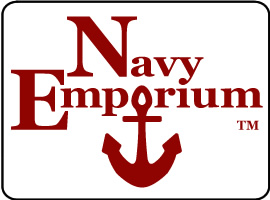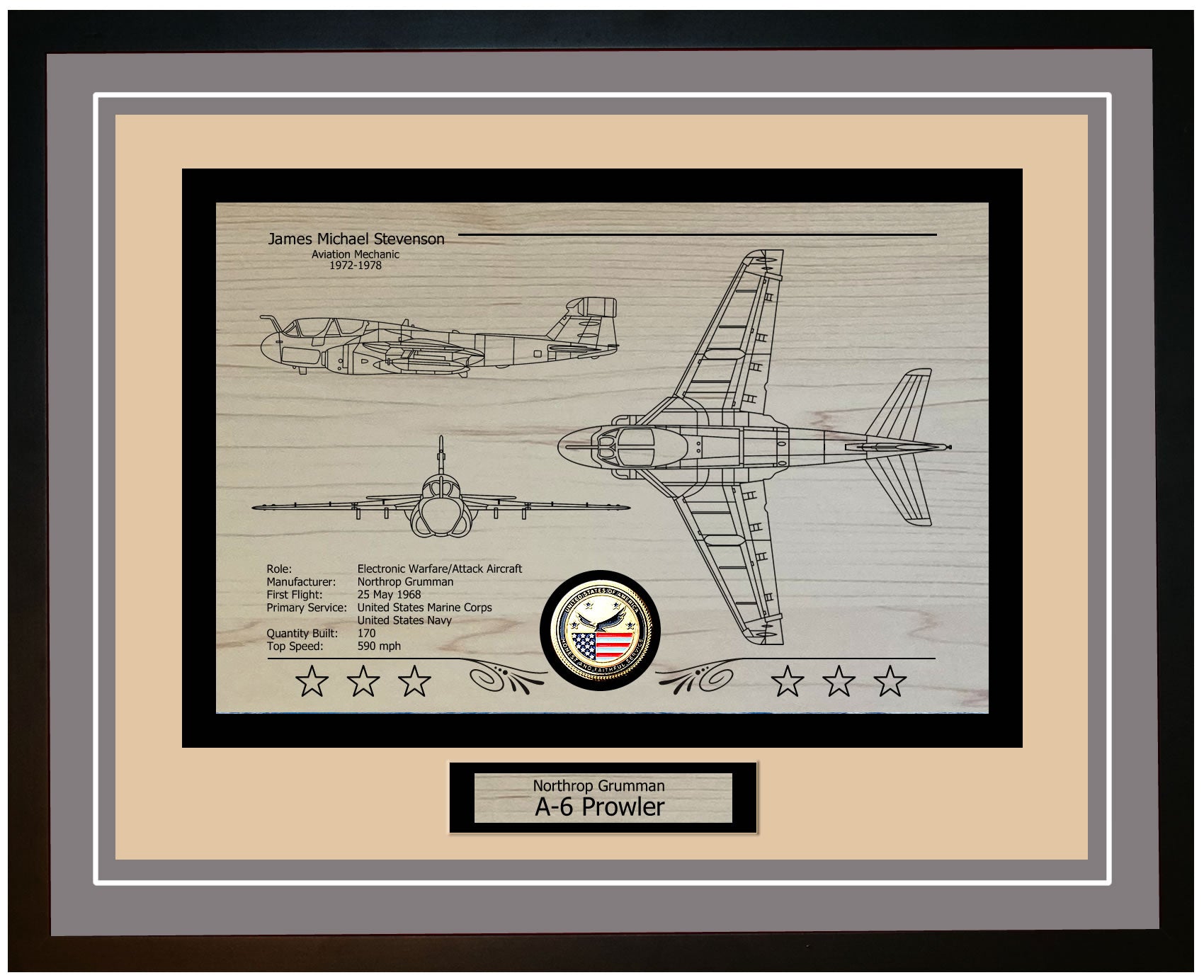The USS Towhee (AM 388) was a minesweeper built for the United States Navy during World War II. Constructed at the American Shipbuilding Company in Lorain, Ohio, work began on May 22, 1944, and the ship was launched on November 18, 1944. It was officially commissioned on June 21, 1945. The creation of the USS Towhee was part of the Navy's initiative to enhance its capabilities during the war, demonstrating the rapid shipbuilding capacity of the United States at the time.
Named after the Towhee bird, a colorful and songful species native to North America, the ship followed a tradition of minesweepers being named after birds. This symbolic naming represented the ship’s role in clearing mines from the seas to ensure safe passage for naval vessels, much like a bird protects its territory from intruders. The choice of "Towhee" as its namesake was fitting, reflecting its mission to detect and eliminate mines for safe navigation.
The USS Towhee featured specialized tools for detecting and removing mines. Equipped with advanced sonar and mechanical equipment, the ship was designed to effectively locate and neutralize mines. Its wooden hull, a common feature for minesweepers of that era, helped minimize the risk of setting off mines. The vessel's design focused on durability and practicality, enabling it to operate in challenging maritime environments.
The USS Towhee made a significant impact on the U.S. Navy, highlighting the crucial role of minesweepers in maintaining naval dominance and ensuring safe maritime operations. Minesweepers like the Towhee played a vital role in World War II and the subsequent Cold War era by clearing minefields that posed threats to both military and commercial vessels. The Towhee’s service underscored the ongoing need for minesweeping capabilities to address the constant dangers posed by naval mines.
As part of the Auk-class minesweepers, the USS Towhee was known for its adaptability and effectiveness in mine clearance. Designed to operate in both coastal and deep-sea environments, the Auk-class minesweepers were essential in detecting and removing mines, ensuring safe passage for merchant ships through mined waters. These ships played a key role in the Navy’s efforts to control the seas during World War II and beyond.
The USS Towhee was officially commissioned on June 21, 1945, marking the beginning of its service. Although it was commissioned near the end of World War II, it was involved in critical mine-clearing operations, assisting in the safe passage of vessels through heavily mined waters. The Towhee’s commissioning highlighted the enduring importance of minesweepers even after the war, as naval mines continued to pose significant threats. Its service emphasized the vital role of mine countermeasure vessels in maintaining security and supporting naval operations.
USS Towhee AM-388: A Deep Dive into the Structure, Technology, and Armament of a Naval Marvel
The USS Towhee (AM 388) was a minesweeper of the Auk class, designed and built during World War II to clear mines and ensure the safe passage of ships. Its construction was sturdy and practical, primarily made from steel to withstand the rigorous demands of mine-clearing operations. The ship measured 221 feet in length, 32 feet in beam width, and had a draft of about 10 feet. This size provided a balance between maneuverability and stability, essential for navigating mine-infested waters. The hull was reinforced to absorb the impact of mines, while the superstructure was carefully designed to offer the crew optimal visibility during operations.
Equipped with advanced technology for its time, the USS Towhee featured cutting-edge mine detection and sweeping tools. It was outfitted with wire sweeps and magnetic influence sweeps designed to detonate mines, along with sonar systems to detect mines and other underwater hazards. These technological advancements enabled the Towhee to fulfill its primary mission—ensuring the safe passage of allied naval and merchant vessels during wartime and beyond.
The USS Towhee was also well-armed for self-defense against both surface and aerial threats. It carried a 3"/50 caliber gun to defend against enemy aircraft and smaller surface vessels. In addition, the ship was equipped with two twin 40mm Bofors anti-aircraft guns and eight 20mm Oerlikon cannons, strategically placed around the vessel for comprehensive coverage. These weapons provided the Towhee with the necessary firepower to protect itself while performing its minesweeping duties.
Beyond its anti-aircraft and anti-surface capabilities, the USS Towhee was also equipped with depth charge projectors and racks, essential for submarine warfare. These depth charges enabled the ship to target and neutralize enemy submarines that posed a threat to the vessel or its convoy, further enhancing its versatility in safeguarding against multiple threats.
The integration of these advanced weapon systems, combined with the ship's minesweeping capabilities, underscored the multifaceted role of the USS Towhee during its service, contributing significantly to the protection of vital maritime routes.
USS Towhee AM-388 Crew Member Reports of Time Aboard
USS Towhee AM-388: Evolution of a Naval Sentinel
The USS Towhee (AM 388) underwent a series of upgrades throughout its service, ensuring it remained a vital asset to the U.S. Navy. Originally serving as an Auk-class minesweeper during World War II, the Towhee was equipped with advanced minesweeping technology, including acoustic and magnetic sweep systems, specifically designed to detect and neutralize mines that posed significant threats to Allied naval operations. As the landscape of maritime warfare evolved, the vessel received several key improvements, such as enhanced sonar systems and more efficient propulsion methods, which boosted its operational range and effectiveness. These upgrades allowed the Towhee to maintain its relevance in an ever-changing naval environment.
While its primary mission was clearing mines to ensure safe passage for Allied vessels, the USS Towhee was also capable of carrying out secondary missions, including anti-submarine warfare (ASW) and convoy escort operations. Its robust construction and adaptable systems made it a versatile platform capable of meeting a range of operational needs. During the Cold War, the Towhee’s ASW capabilities proved crucial in the face of Soviet submarine threats, demonstrating the ship’s strategic importance in maintaining naval superiority.
The USS Towhee made significant contributions to the U.S. Navy fleet throughout its service. In World War II, it played an important role in the Pacific Theater, participating in key campaigns such as the Battle of Okinawa. Its minesweeping efforts were instrumental in clearing safe routes for landings, directly supporting Allied military strategies. After the war, the Towhee continued its service by participating in training exercises and fleet maneuvers, helping to enhance Navy readiness. Beyond safeguarding vessels, the ship provided invaluable training for naval personnel, preparing them for future operations.
Throughout its tenure, the USS Towhee exemplified the adaptability and strength of the U.S. Navy’s minesweeping fleet. With its upgrades and versatile mission capabilities, the Towhee successfully met the changing demands of naval warfare from World War II through the Cold War era. Its contributions were defined by its commitment to safety, operational excellence, and strategic flexibility. The USS Towhee continues to symbolize the enduring importance of minesweepers in maintaining maritime security, leaving a lasting impact on naval operations.
USS Towhee AM-388: A Legacy of Valor and Service on the High Seas
The USS Towhee (AM 388) played a pivotal role in the operations of the United States Navy during and after World War II. Commissioned in 1945, the vessel’s primary mission was to clear mines and ensure safe passage for Allied ships through critical waterways. After its commissioning, the Towhee was deployed to the Pacific Theater, where it conducted vital mine clearance operations in Japan and the East China Sea. These efforts were crucial in securing sea routes for occupation forces, enabling the safe return of troops and supplies.
During the Korean War, the USS Towhee once again saw action. Sent to the Korean Peninsula, it carried out minesweeping operations to support United Nations forces. The ship’s role was instrumental in maintaining naval dominance and securing landings for troops and equipment. Its contributions were particularly significant during the Inchon Landing, a pivotal operation that shifted the war’s momentum in favor of the UN forces. The Towhee’s crew exhibited remarkable skill and bravery, often operating in dangerous waters under enemy threat.
In recognition of its dedicated service, the USS Towhee received numerous awards and commendations. During World War II, the ship was awarded the Asiatic Pacific Campaign Medal and the World War II Victory Medal. In the Korean War, it earned the Korean Service Medal and two battle stars, reflecting its significant contributions to the conflict. Additionally, the ship was honored with the United Nations Service Medal and the Republic of Korea War Service Medal for its role in promoting peace and stability.
The legacy of the USS Towhee (AM 388) is a testament to the dedication and perseverance of its crew. Throughout its service, the ship exemplified the Navy’s core values of honor, courage, and commitment. Its successful missions in mine clearance and support during critical conflicts underscored the essential role of minesweepers in naval operations. The accolades it received serve as a lasting tribute to its contributions to the U.S. Navy and its efforts in maintaining peace and freedom during the turbulent mid-20th century.
USS Towhee AM-388 Ship Specifications
| Specification | Details |
|---|---|
| Class | Auk Class Minesweeper |
| Commissioned | May 18, 1945 |
| Displacement | 890 tons |
| Length | 221.2 feet |
| Beam | 32.2 feet |
| Draft | 10.8 feet |
| Speed | 18.1 knots |
| Complement | 105 |






